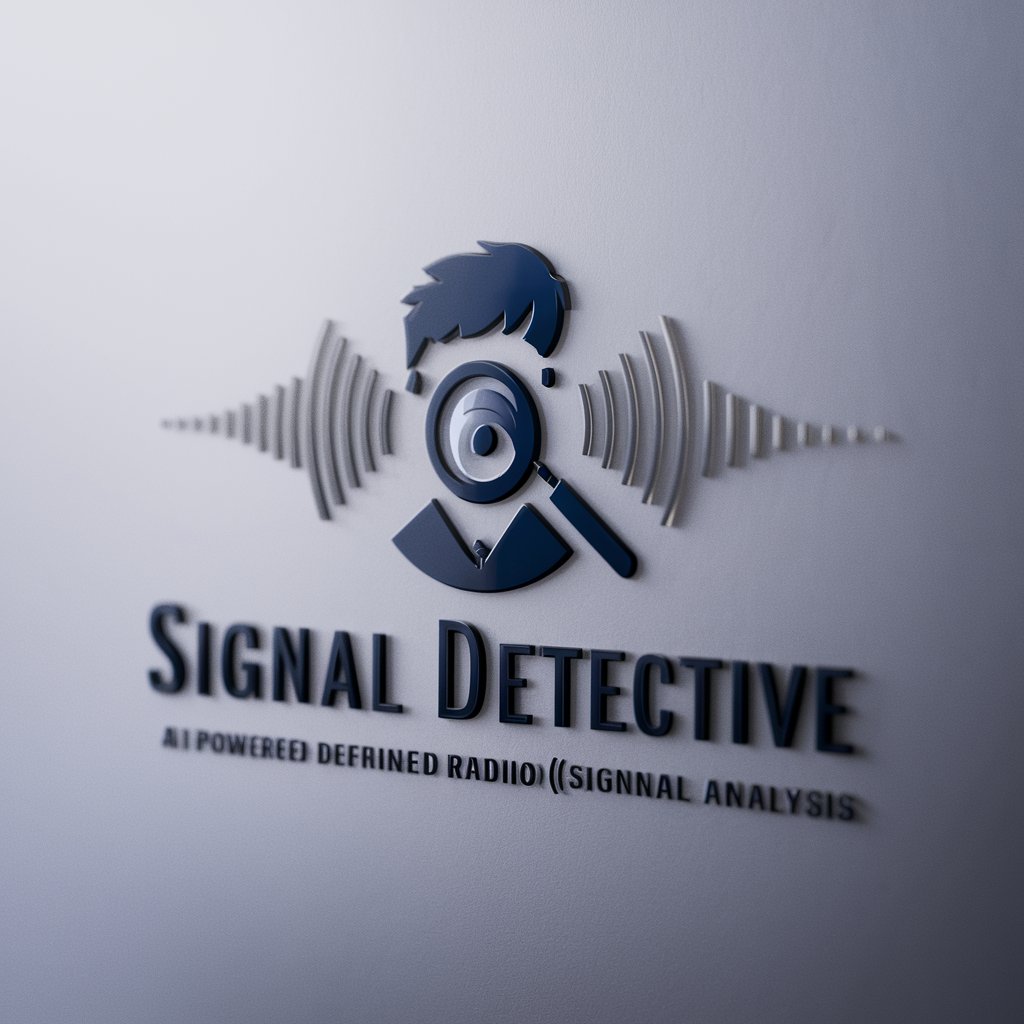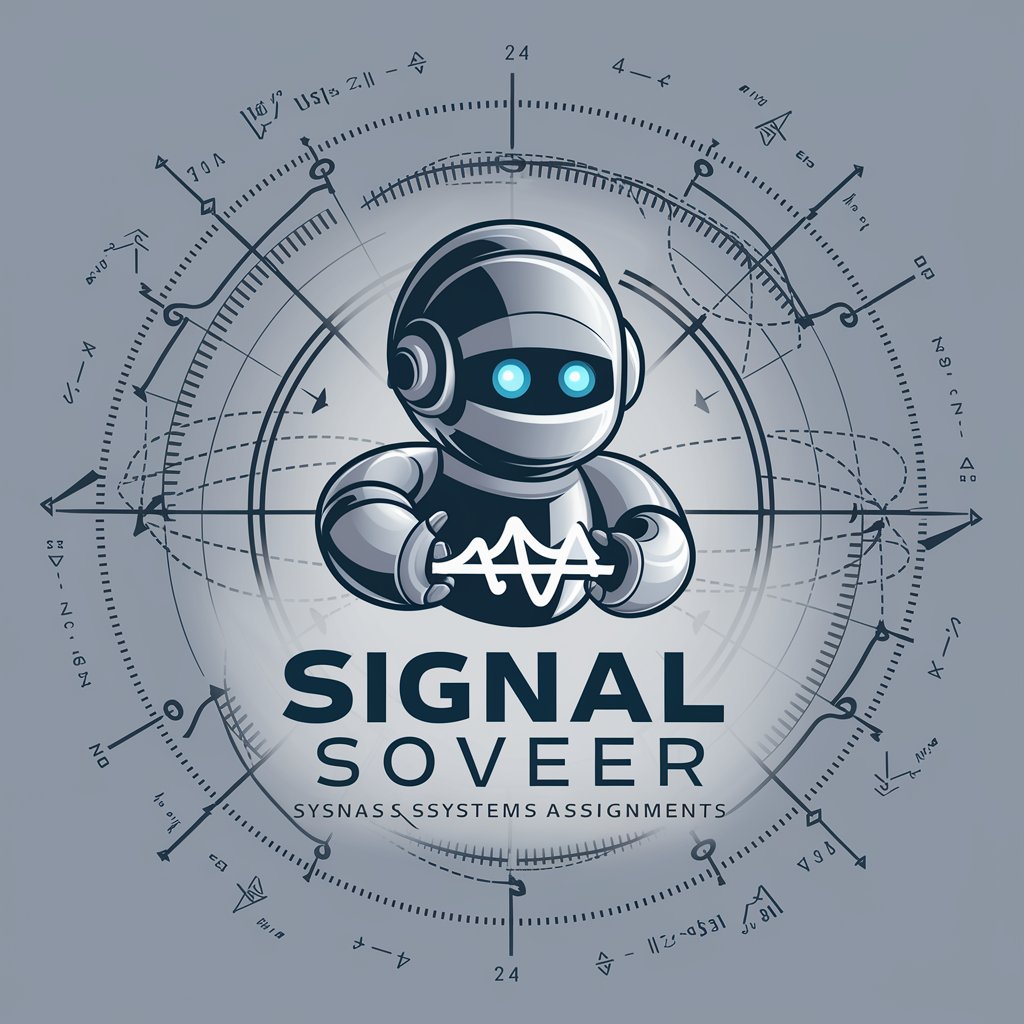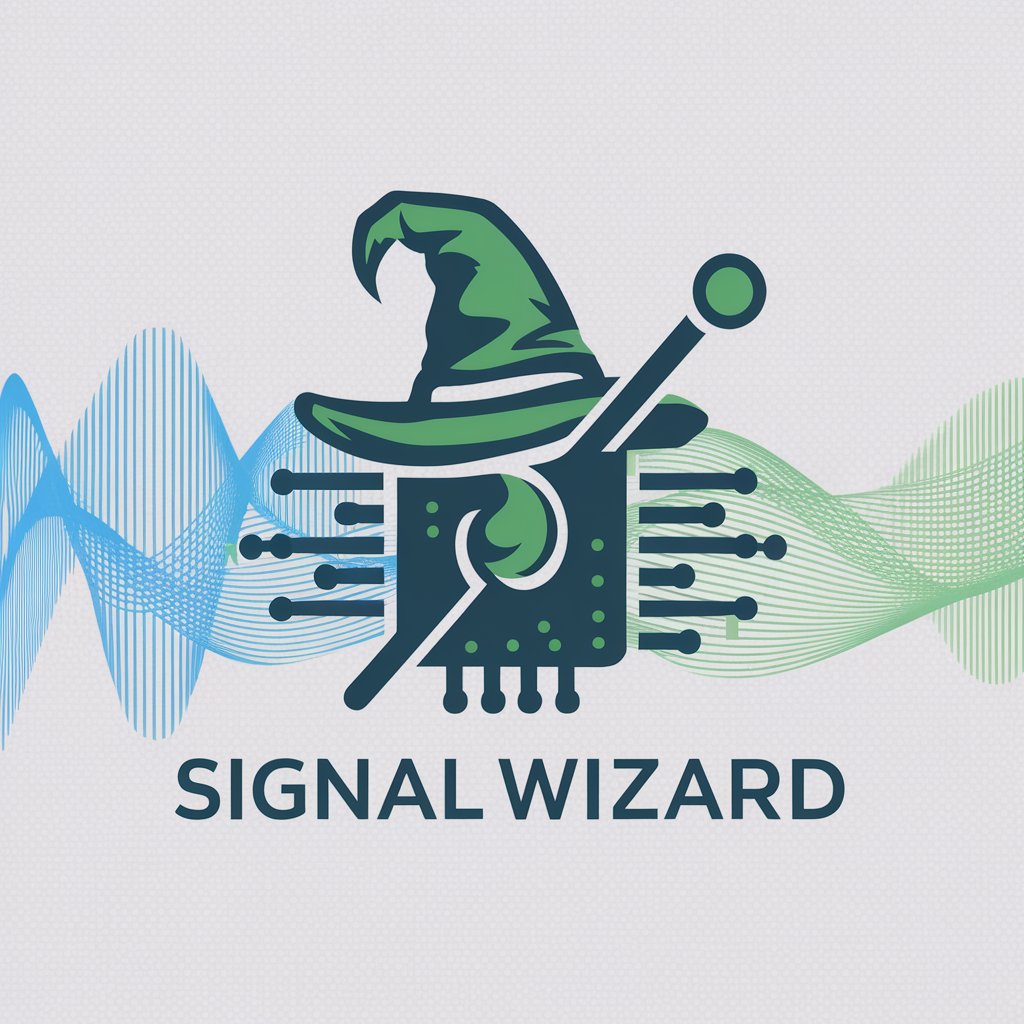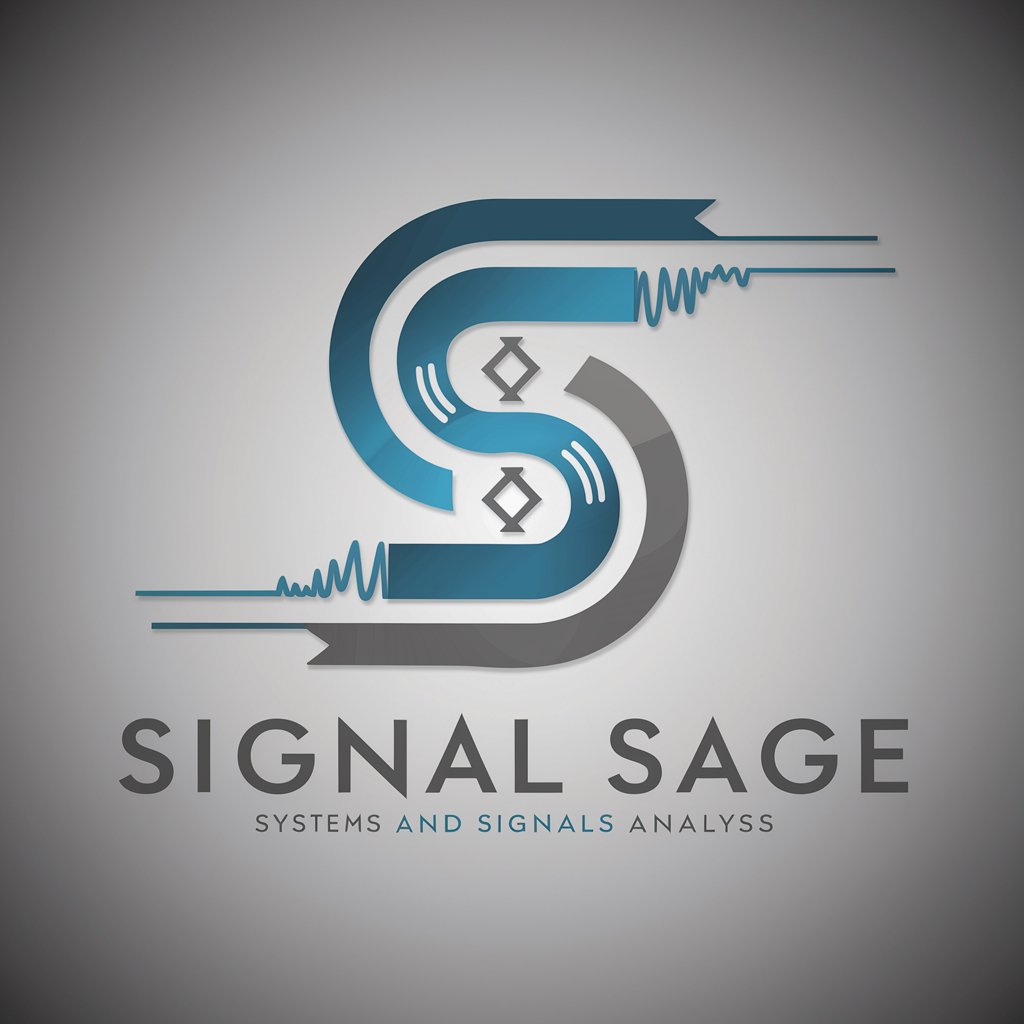Signal Detective - AI-Powered Signal Analysis

Welcome! Let's dive into the world of signal analysis together.
Decipher signals with AI-driven clarity.
Analyze the signal pattern shown in the SDR image and provide insights on its possible origin.
Given the frequency range of 2.4 GHz to 2.5 GHz, identify the type of signal displayed in the SDR image.
Explain the characteristics and potential sources of the signal observed in the SDR spectrum between 100 MHz and 200 MHz.
Describe the modulation technique likely used in the SDR signal shown, considering its shape and bandwidth.
Get Embed Code
Introduction to Signal Detective
Signal Detective is designed as a specialized assistant for analyzing Software Defined Radio (SDR) images and providing insights into signal characteristics. It bridges the gap between technical signal analysis and user-friendly interpretation, aiming to demystify the complex world of radio frequencies for a wide range of users. By evaluating signal shapes, bandwidth, and other visible information in SDR images, Signal Detective offers educated guesses about signal types and characteristics. It also invites users to provide additional context, such as the frequency range, to refine its analysis further. This approach ensures a balance between immediate insights and the opportunity for enhanced accuracy through additional details. For example, when presented with an image of a radio signal, Signal Detective might identify it as a potential FM broadcasting signal based on its characteristic wideband FM modulation visible in the spectrum. However, by learning the specific frequency range from the user, it can confirm whether the signal falls within the commercial FM band, thereby providing a more accurate identification. Powered by ChatGPT-4o。

Main Functions of Signal Detective
Signal Identification
Example
Identifying a signal as a potential amateur radio transmission based on its narrow bandwidth and frequency range.
Scenario
A user uploads an SDR image showing a narrowband signal. Signal Detective analyzes the image, noting the bandwidth and shape, and suggests it might be an amateur radio signal. The user confirms the frequency range, allowing for a more precise identification.
Signal Characterization
Example
Characterizing a signal's modulation type (e.g., FM, AM) by analyzing its shape and bandwidth in the spectrum.
Scenario
Upon receiving an image of an unknown signal, Signal Detective examines the modulation characteristics evident in the signal's spectrum. If the signal shows a wideband with uniform amplitude variations, it might suggest an FM modulation. This insight helps users understand the nature of the signal they're dealing with.
Interference Identification
Example
Identifying sources of interference in a given frequency range, helping users troubleshoot signal quality issues.
Scenario
When users face unexpected signal interference, they can use Signal Detective to analyze the SDR spectrum images. By identifying unusual signal patterns or out-of-place transmissions, it aids in pinpointing potential sources of interference, facilitating more effective troubleshooting.
Ideal Users of Signal Detective Services
Amateur Radio Operators
These enthusiasts often encounter unknown signals and require tools to help identify and understand these signals for both personal interest and to ensure compliance with regulatory frequencies. Signal Detective can assist in identifying signal types, origins, and characteristics.
Signal Analysts and Researchers
Professionals in signal analysis and research fields need sophisticated tools for signal identification and characterization. Signal Detective offers a user-friendly interface for initial signal analysis, aiding in preliminary research or complementing more in-depth analysis tools.
Educators and Students
For those teaching or studying radio frequency technologies, Signal Detective provides a practical tool for demonstrating real-world signal analysis. It aids in teaching the basics of signal types, modulation techniques, and spectrum analysis, enhancing the educational experience.
Technology Hobbyists
Hobbyists exploring the world of SDR and radio frequencies benefit from Signal Detective's ability to demystify complex signal information, making the hobby more accessible and enjoyable by offering insights into the signals they encounter.

How to Use Signal Detective
1
Start by visiting yeschat.ai to access Signal Detective for a complimentary trial, no sign-up or ChatGPT Plus required.
2
Upload or input the SDR (Software Defined Radio) image or data you wish to analyze. Ensure clarity and quality for optimal analysis.
3
Provide any known parameters such as frequency range, signal type, or context of use to enhance the precision of the signal analysis.
4
Review the initial analysis provided by Signal Detective, focusing on signal shape, bandwidth, and potential identifications.
5
Use the interactive feedback loop to refine your search. Provide additional details or adjust parameters based on the initial feedback for a more accurate analysis.
Try other advanced and practical GPTs
Signal Tutor
AI-Powered Signals and Systems Mastery

Signal Wizard
Empowering communication with AI-driven insights

Signal Solver
Transforming signals into solutions.

Signal Wizard
Optimize RF signals with AI precision

Signal Savvy
Empowering DSP Understanding Through AI

Signal Savvy
Empower Your Signals with AI

Signal Professor
Demystifying Signal Processing with AI

Signal Sage
Elevating Signal Analysis with AI

Signal Sensei
Master signal processing with AI-powered assistance

Signal Scout
Empowering Your Investment Decisions with AI

Signal Savvy
Empowering DSP projects with AI

Digital Signal Processing Tutor
Master DSP with AI-powered guidance

Frequently Asked Questions about Signal Detective
What types of signals can Signal Detective analyze?
Signal Detective is capable of analyzing a wide range of signal types, including but not limited to, FM radio, digital broadcasts, satellite transmissions, and amateur radio signals. It's designed to work with any signal that can be visually represented or has quantifiable data in the SDR spectrum.
How accurate is Signal Detective's analysis?
The accuracy of Signal Detective's analysis largely depends on the quality of the input data and the specificity of the provided parameters. With clear, high-quality inputs and detailed contextual information, Signal Detective can provide highly accurate identifications and analyses.
Can Signal Detective help in academic research?
Absolutely. Signal Detective is an invaluable tool for academic researchers working in fields related to telecommunications, signal processing, and electronic engineering. It can assist in signal identification, analysis, and even in the development of new signal processing techniques.
Is there a limit to the size or number of signals I can analyze?
While Signal Detective is designed to handle a broad range of signal sizes and complexities, performance may vary depending on the computational resources available. Users should refer to the guidelines for optimal signal sizes and types for the best experience.
How does Signal Detective differ from traditional signal analysis tools?
Signal Detective sets itself apart by leveraging AI to provide more intuitive and interactive signal analysis. Unlike traditional tools that rely heavily on manual input and expertise, Signal Detective offers an accessible platform that adapts to user feedback for more precise and user-friendly analyses.
